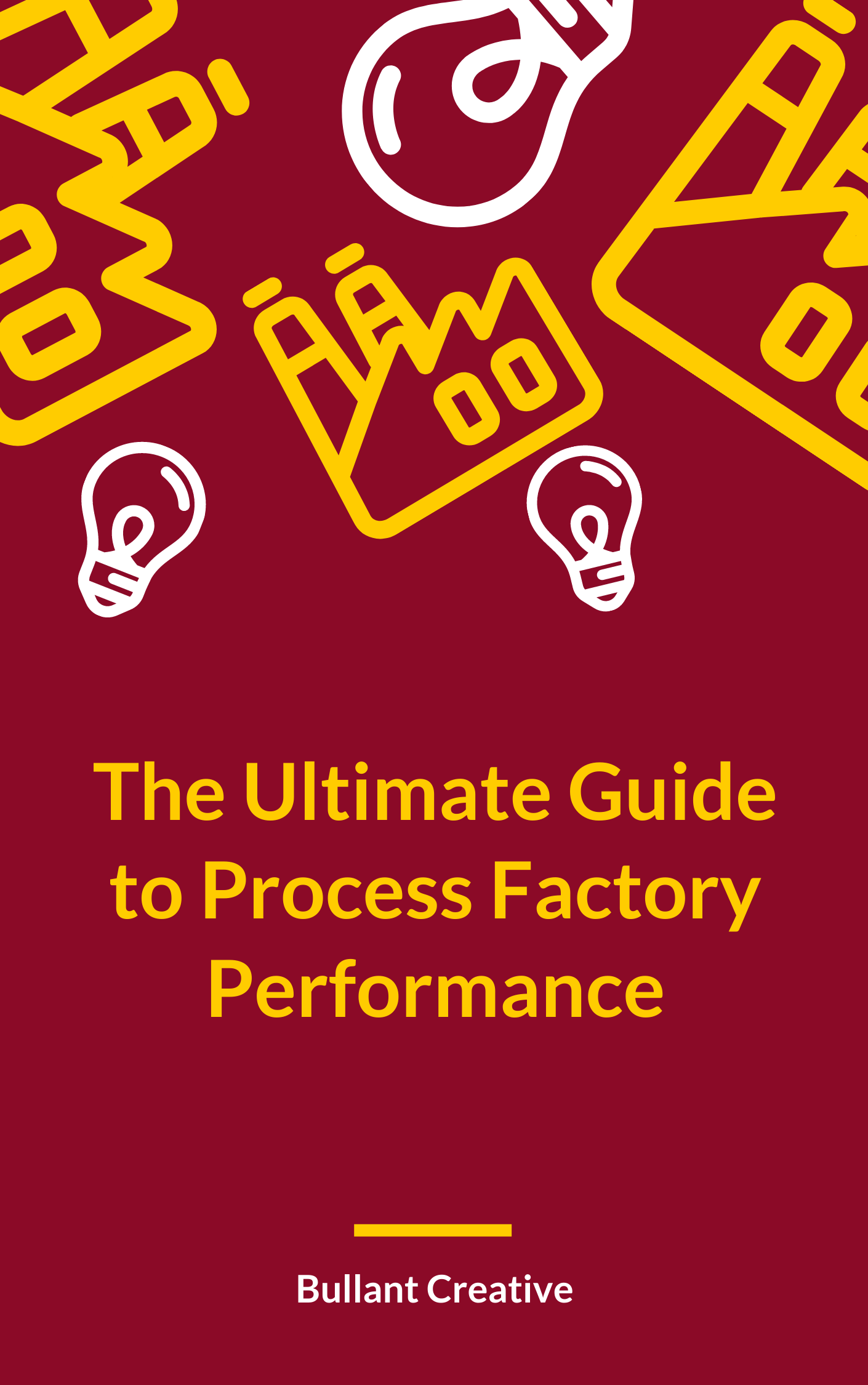Storage & Handling Design
We use buffer sizing information to create storage and handling infrastructure for your supply chain, which includes;

Warehouse Optimisation
Optimise the performance of your existing warehouse by examining the unique characteristics of each material.

Bulk Storage Design
Design tailor-made bulk storage systems for your unique supply chain.

Factory Storage & Handling
Optimise the storage & handling system in and around your processing facility.
Warehouse Optimisation
We can assist with optimising your warehouse system in the following areas;
- Space
Use statistical and Plan For Every Part (PFEP) information from your supply chain strategy, as well as dynamic modelling for more sophisticated warehouses, to create the most efficient utilisation of space.
- Accuracy
Review your current cycle count methodologies to increase stock accuracy.
- Labour
Demonstrate potential labour savings created by the judicious use of automation.
- Throughput
Examine buffer options throughout your supply chain to maximise throughput of material through your warehouse.
- Customer & Supplier Collaboration
Examine opportunities with customers and suppliers such as Vendor Managed Inventory (VMI), order & freight options and vendor assurance programs.
Bulk Storage Design
Bulk Storage is required for materials (predominantly raw materials) that are better stored within tailor-made vessels, usually external to a warehouse environment. Based on your supply chain strategy (including Plan For Every Part – PFEP) we can design the specification for a bulk storage system taking into account;
- supplier and freight availability
- your supply chain planning and control strategy (including buffer positioning and sizing as well as supply chain scheduling techniques)
- physical material flow characteristics
- current and future buying price strategies
- current and future formulation strategies
- cleaning and HACCP requirements
Factory Storage & Handling
Storage and handling activities within a factory are designed and optimised using techniques that are very similar to those used in dedicated warehouses. There are however 3 factors that are also important when considering factories within the process industry;
- Schedule Sequence
Load leveling for a processing factory should be undertaken using a standard sequence that minimises total changeover costs while also optimising inventories. This sequence (and its duration) should be considered when modelling the storage and handling activities within a processing factory.
- Use of Technology
Technologies such as Automatic Guided Vehicles (AGV’s) and Automated Storage and Retrieval Systems (AS/RS) have appeal to those businesses pursuing a “lights out” manufacturing philosophy. We can model and perform appropriate cost/benefit analysis on these systems to ensure that they deliver the expected business outcomes.
- Local Consolidation Centres
Local consolidation centres are used in the process industry for a variety of reasons, generally motivated by the unique requirements of a fulfillment strategy. These centres will often require regular reassessment as changes in the operating environment occur (e.g. product mix, formulations, schedule sequence, demand, etc.). We can assess current consolidation centre performance and offer alternatives for savings.

